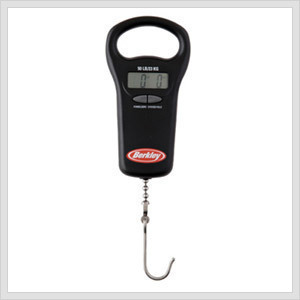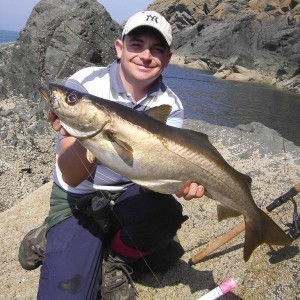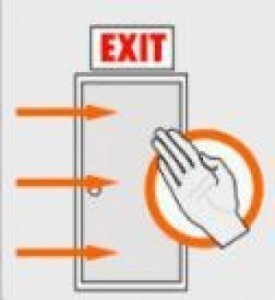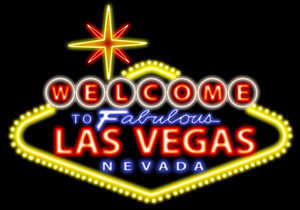How Big is MIT?
A university in the United States established in 1861 by William 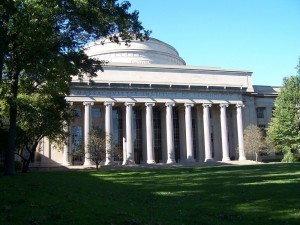 Barton Rogers, the Massachusetts Institute of Technology (also known as MIT) is one of the few space-grant and sea-grant universities in the country. The university has a college and six schools with 32 departments. To determine how big MIT is, let us look at the total population of students and employees affiliated with the school. In addition, it is also important to determine the total area occupied by the campus.
Barton Rogers, the Massachusetts Institute of Technology (also known as MIT) is one of the few space-grant and sea-grant universities in the country. The university has a college and six schools with 32 departments. To determine how big MIT is, let us look at the total population of students and employees affiliated with the school. In addition, it is also important to determine the total area occupied by the campus.
The Size of the Massachusetts Institute of Technology
How big is MIT? The estimated number of students enrolled in the school is 10,384. The number of undergraduates is 4,232 while the number of postgraduates is 6,152. The total population of the school faculty members is 1,009.
Another way of measuring the size of the Massachusetts Institute of Technology is by determining the total area occupied by the school campus. The campus is found at the north of the Charles River basin, it occupies 168 acres or 68 hectares of land. Some of the interesting structures within the premises of the school are the Baker House, the Chapel and Auditorium as well as the Stata Center. The other structures that can be found in the campus are the Simmons Hall, the Media Lab Extension and the Charles Correa Building.
Additional Information and Other Important Details
The university has six major divisions, namely the School of Architecture and Planning, the School of Engineering, the School of Humanities, Arts and Social Sciences, the Sloan School of Management, the School of Science and the Whitaker College of Health Sciences and Technology. Some of the academic courses offered at this university are the Aeronautics and Astronautics, Biological Engineering, Civil and Environmental Engineering, Electrical Engineering as well as Computer Science.
To help students become competitive, they need to complete the General Institute Requirement (also known as GIR). These encourage students to finish two semesters of topics related to physics like electricity and magnetism as well as classical mechanics. It is also important that they complete two semesters of subjects related to mathematics such as multivariable calculus and single variable calculus.
In addition to these, undergraduate students should finish eight classes of Social Sciences, Humanities and Arts. The faculty members use different teaching methods like the experimental study group. Moreover, to improve the research skills of students, the university started the Undergraduate Research Opportunities Program in 1969. This program allows students to conduct extensive studies in collaboration with the professors in the school.
